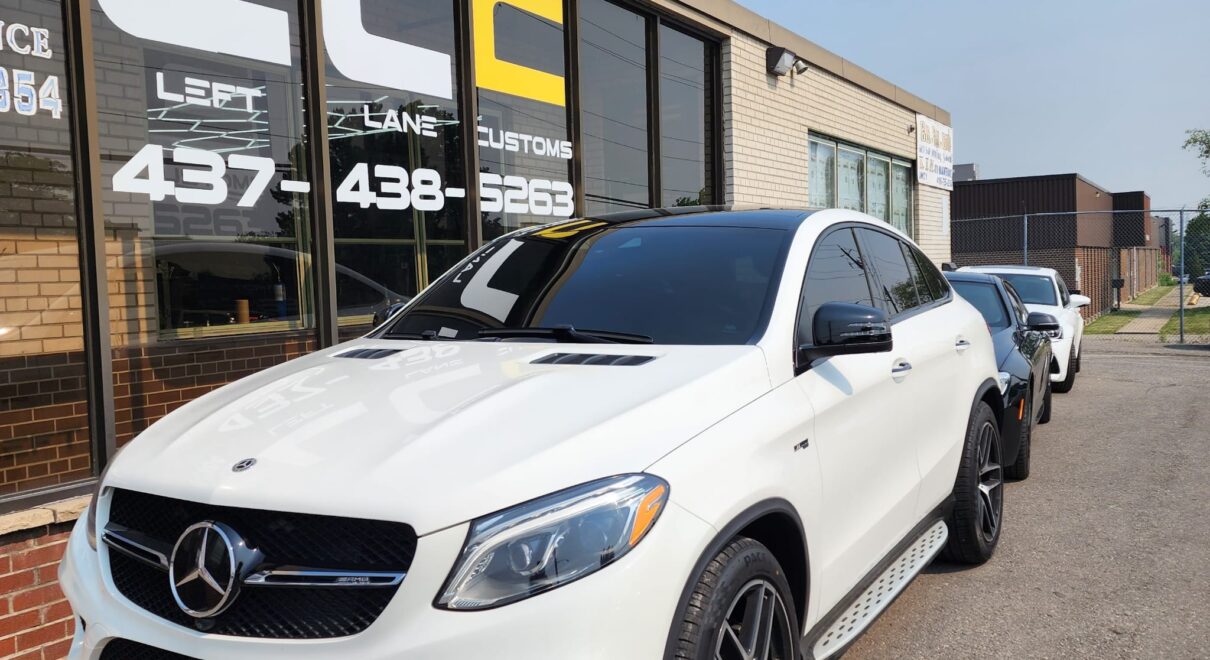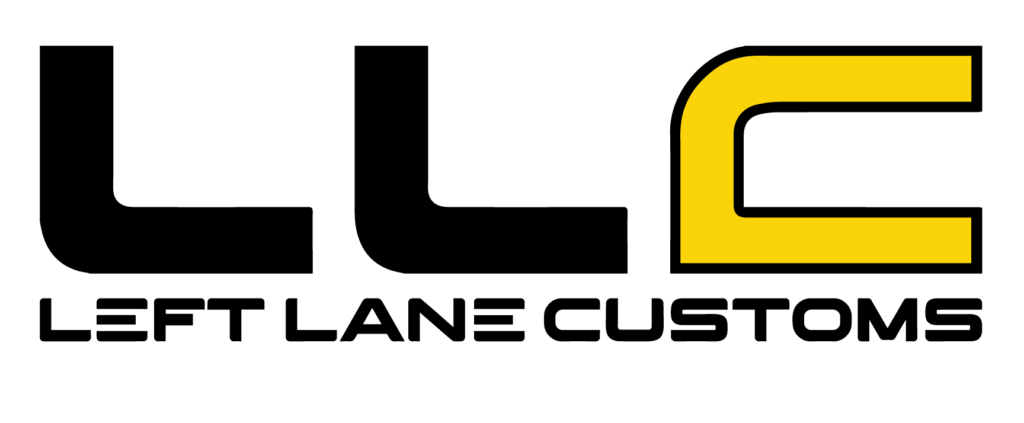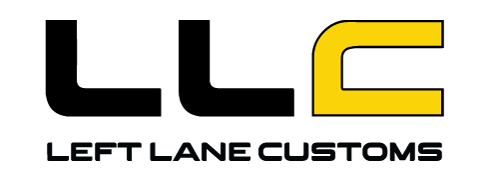
Signs Your Car Needs Paint Correction: A Toronto Owner’s Guide
Paint correction represents one of the most transformative automotive services available, capable of restoring your vehicle’s original beauty and preparing it for advanced protection treatments. However, many Toronto vehicle owners remain unaware of the subtle and obvious signs indicating their car would benefit from professional paint correction. Understanding these warning signs helps preserve your vehicle’s value while ensuring optimal results from protective treatments like ceramic coatings and paint protection films.
Understanding Paint Correction Fundamentals
Paint correction involves the systematic removal of surface imperfections through controlled abrasion using specialized compounds and polishing equipment. This process eliminates defects that accumulate over time, restoring the paint’s original clarity, depth, and reflective properties. Professional paint correction requires expertise, proper equipment, and understanding of different paint systems to achieve safe and effective results.
The process differs significantly from simple polishing or buffing, which may temporarily hide imperfections without actually removing them. True paint correction removes microscopic layers of clear coat to eliminate defects permanently, creating a flawless foundation for protective treatments and revealing the paint’s true potential.
Toronto’s challenging environment accelerates paint degradation through road salt exposure, harsh UV radiation, and environmental contamination. These factors make paint correction particularly valuable for local vehicle owners who want to maintain their investment’s appearance and value despite challenging conditions.
Visible Swirl Marks and Scratches
Swirl marks represent the most common paint defect requiring correction. These circular scratches become visible under direct lighting, creating a web-like pattern that diminishes paint clarity and gloss. Swirl marks typically result from improper washing techniques, contaminated wash materials, or automated car wash brushes.
Fine scratches often accompany swirl marks, appearing as linear marks that catch light at certain angles. These defects accumulate gradually through normal use, contact with branches, keys, or other objects, and improper cleaning techniques. While individual scratches may seem minor, their cumulative effect significantly impacts overall appearance.
Deep scratches that catch fingernails require more aggressive correction techniques and may need multiple-stage polishing to achieve complete removal. Professional assessment determines the appropriate correction level needed to address specific scratch patterns without compromising paint thickness or integrity.
Oxidation and Fading Issues
Paint oxidation manifests as a chalky, dull appearance that reduces color vibrancy and eliminates gloss. This condition results from prolonged UV exposure breaking down paint molecules, particularly affecting red, black, and other darker colors. Toronto’s intense summer sun accelerates oxidation, especially on vehicles without adequate protection.
Fading represents advanced oxidation where color actually changes, often appearing lighter or different from the original shade. This condition typically affects older vehicles or those with prolonged UV exposure without protective treatments. While severe fading may require repainting, moderate cases often respond well to professional correction.
Uneven fading creates patchy appearances where some panels appear different from others. This commonly occurs when vehicles receive inconsistent sun exposure or when protective treatments have been applied unevenly. Paint correction can often restore color uniformity and eliminate these unsightly variations.
Water Spots and Etching Damage
Water spots appear as circular marks left by evaporating water droplets containing minerals or contaminants. These spots range from surface contamination that simple cleaning can remove to etched damage that requires professional correction. Toronto’s hard water and frequent exposure to contaminated rain increase water spot occurrence.
Etching represents more serious damage where acidic substances actually dissolve microscopic amounts of clear coat. Bird droppings, tree sap, and acid rain commonly cause etching damage that appears as dull spots or marks that remain visible even after cleaning. This damage requires professional correction to restore surface integrity.
Mineral deposits from sprinkler systems or car washes can create stubborn spots that resist normal cleaning efforts. These deposits often require specialized compounds and techniques to remove completely without damaging surrounding paint areas.
Environmental Contamination Effects
Industrial fallout, brake dust, and airborne contaminants embed in paint surfaces over time, creating a rough texture that diminishes gloss and clarity. This contamination often goes unnoticed until it becomes severe enough to affect appearance significantly. Regular professional detailing services help prevent severe contamination accumulation.
Tree sap and road tar create sticky deposits that bond strongly to paint surfaces. Improper removal attempts often cause additional scratching or damage, while leaving residues can cause permanent staining or etching. Professional removal techniques eliminate these contaminants safely while addressing any damage they may have caused.
Rail dust and metal particles from brake systems create orange or brown spots that appear embedded in the paint surface. These contaminants are magnetic and require specialized removal techniques followed by paint correction to eliminate any surface damage they may have caused.
Loss of Gloss and Depth
Diminished gloss represents one of the most obvious signs requiring paint correction. Paint that once appeared deep and reflective may appear flat or lackluster due to microscopic surface damage accumulation. This condition affects light reflection and creates an aged appearance even on relatively new vehicles.
Loss of paint depth makes colors appear washed out or less vibrant than when new. This effect results from surface imperfections scattering light rather than reflecting it cleanly. Paint correction restores proper light reflection, dramatically improving color saturation and visual impact.
Clearcoat degradation can cause a hazy or cloudy appearance that obscures the base color underneath. This condition often develops gradually, making it less noticeable until significant degradation has occurred. Professional assessment can determine whether correction can restore clarity or if refinishing becomes necessary.
Pre-Protection Treatment Requirements
Ceramic coating services require perfectly prepared paint surfaces to achieve optimal bonding and performance. Any existing imperfections will be permanently sealed beneath the coating, making correction essential before application. This preparation ensures maximum coating effectiveness and longevity.
Paint protection film installation also benefits from corrected paint surfaces, as imperfections can create visible distortions beneath the film. Proper paint preparation ensures seamless PPF appearance while maximizing protective benefits.
Vinyl wrapping services achieve better adhesion and appearance on properly corrected surfaces. While vinyl can hide some minor imperfections, significant defects may still be visible or affect wrap longevity and removability.
Professional Assessment Importance
Professional paint assessment identifies correction needs that untrained eyes might miss. Experienced technicians use specialized lighting and inspection techniques to reveal defects and determine appropriate correction levels. This assessment prevents unnecessary aggressive correction while ensuring all issues are properly addressed.
Paint thickness measurement helps determine safe correction limits without compromising clear coat integrity. Professional equipment provides accurate readings that guide correction decisions and prevent over-polishing that could cause permanent damage.
Different paint systems require different correction approaches, and professional experience ensures appropriate techniques and products for specific vehicles. This expertise prevents damage while achieving optimal results tailored to your vehicle’s specific needs.
Correction Levels and Techniques
Single-stage correction addresses minor imperfections through light polishing that improves appearance without requiring multiple steps. This level works well for newer vehicles with light swirl marks or minor contamination issues.
Multi-stage correction involves progressive steps using different compounds and pads to address more severe defects. This approach allows for complete defect removal while gradually refining surface finish to achieve show-quality results.
Spot correction addresses isolated areas with specific issues without treating the entire vehicle. This targeted approach provides cost-effective solutions for localized damage while maintaining overall paint condition.
Cost-Benefit Analysis
Paint correction investment provides immediate visual impact while creating foundations for protective treatments that extend paint life. The enhanced appearance improves driving satisfaction while preserving resale value through superior paint condition.
Correction costs vary based on defect severity, vehicle size, and desired results. However, the investment typically costs significantly less than paint refinishing while achieving comparable visual improvements. Professional consultation helps determine optimal correction levels that balance results with budget considerations.
The longevity of correction results depends on subsequent care and protection. Window tinting services using quality ceramic films provide UV protection that helps maintain correction results longer while adding functional benefits.
Prevention Strategies
Proper washing techniques prevent many paint defects that require correction. Using appropriate methods, quality products, and clean materials minimizes scratch and swirl mark accumulation. Professional guidance helps establish maintenance routines that preserve paint condition.
Regular protective treatments create barriers against environmental contamination and UV damage. Ceramic coatings, quality waxes, and sealants provide ongoing protection that reduces correction frequency while maintaining appearance.
Covered parking when possible provides the best protection against UV damage, contamination, and environmental factors that necessitate paint correction. When covered storage isn’t available, regular cleaning and protection become more critical for maintaining paint condition.
When to Seek Professional Help
Attempting DIY paint correction without proper knowledge, equipment, or products can cause irreversible damage that requires expensive refinishing. Professional services provide expertise, appropriate tools, and quality products that ensure safe and effective results.
Complex paint systems, severe defects, or valuable vehicles require professional expertise to achieve optimal results safely. The investment in professional correction typically provides superior outcomes while protecting your vehicle’s value.
Multiple failed DIY attempts often compound original problems, making professional correction more difficult and expensive. Early professional intervention typically provides better results at lower overall costs than attempting correction independently.
Recognizing signs that your car needs paint correction empowers Toronto vehicle owners to maintain their investment’s appearance and value proactively. From obvious defects like swirl marks and scratches to subtle issues like loss of gloss and depth, understanding these warning signs helps ensure timely intervention that preserves paint condition.
Professional paint correction provides transformative results that restore your vehicle’s original beauty while creating optimal foundations for protective treatments. The investment in correction delivers immediate visual impact while enabling advanced protection strategies that extend paint life and maintain value.
For Toronto vehicle owners facing challenging environmental conditions, paint correction represents an essential service that addresses accumulating damage while preparing vehicles for comprehensive protection strategies. Professional expertise ensures safe, effective results that justify the investment through enhanced appearance and preserved value.
Visit us on Facebook at our Facebook Link and our Instagram Link. Left Lane Customs Inc.


